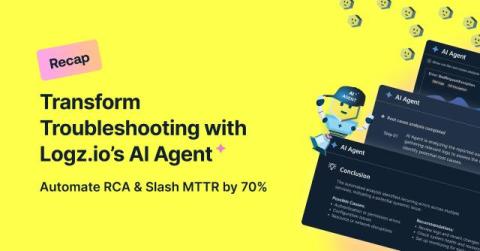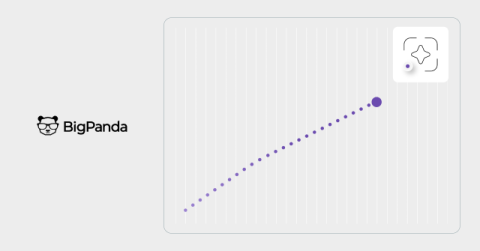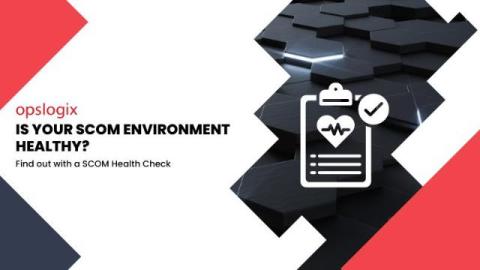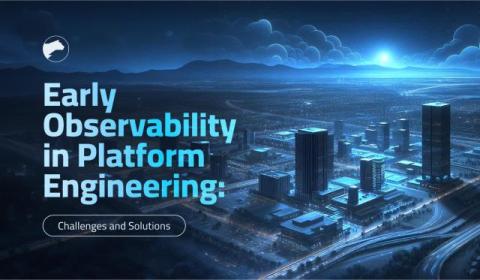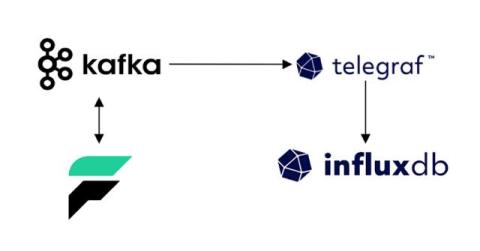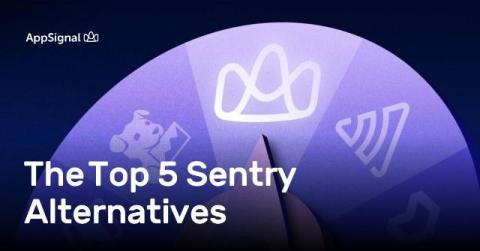EdgeIQ and Ubuntu Core; bringing security and scalability to device management
Today, EdgeIQ and Canonical announced the release of the EdgeIQ Coda snap and official support of Ubuntu Core on the EdgeIQ Symphony platform. EdgeIQ Symphony helps you simplify and scale workflows for device fleet operations, data consumption and delivery, and application orchestration. Distributing EdgeIQ Coda as a snap brings the power, connectivity, and control of the EdgeIQ Symphony platform to millions of Linux users who can now install this enterprise tool with a single terminal command.




